Home>Storage & Organization>Kitchen Organizing Tools>Why Does Cat Not Poop In The Litter Box


Kitchen Organizing Tools
Why Does Cat Not Poop In The Litter Box
Modified: August 24, 2024
Discover the best kitchen organizing tools to keep your space clutter-free and efficient. Find the perfect solutions for your kitchen organization needs today!
(Many of the links in this article redirect to a specific reviewed product. Your purchase of these products through affiliate links helps to generate commission for Storables.com, at no extra cost. Learn more)
Introduction
Cats are beloved companions known for their independent nature and mysterious behaviors. One of the most common issues that cat owners encounter is when their feline friends refuse to use the litter box. This can be frustrating and concerning, leading to a quest for understanding the reasons behind this behavior.
Understanding why a cat may not be using the litter box is crucial for addressing the issue effectively. It requires a combination of empathy, knowledge of feline behavior, and a willingness to explore potential underlying causes. By delving into the intricacies of a cat's world, we can gain insight into their preferences, instincts, and needs, ultimately paving the way for a harmonious coexistence.
In this article, we will embark on a journey to unravel the mystery of why cats may choose to bypass the litter box. We will explore various factors that could contribute to this behavior, including medical issues, environmental influences, and behavioral challenges. By shedding light on these potential causes, we aim to equip cat owners with the knowledge and tools necessary to address this common concern.
Join us as we delve into the fascinating world of feline behavior and embark on a quest to understand why our beloved cats may opt for alternative bathroom arrangements. Through this exploration, we hope to empower cat owners with the insights needed to create a supportive and comfortable environment for their feline companions.
Key Takeaways:
- Cats may avoid the litter box due to medical issues, stress, or discomfort. Understanding their behavior and providing a clean, accessible litter box can encourage proper use and a harmonious relationship.
- Creating a supportive environment with multiple litter boxes, positive reinforcement, and veterinary care can help address litter box avoidance in cats. Understanding their needs and behaviors is key to fostering a positive relationship.
Understanding Cat Behavior
Understanding cat behavior is a crucial aspect of addressing the issue of litter box avoidance. Cats are enigmatic creatures with unique instincts and preferences that shape their actions. By delving into the intricacies of feline behavior, we can gain valuable insights into why a cat may choose not to use the litter box.
Cats are inherently clean animals, and their natural instincts drive them to seek out a designated area for elimination. In the wild, cats carefully select specific substrates for this purpose, often favoring soft, sandy materials that allow for easy digging and covering. This instinctual behavior stems from a desire to conceal their scent from potential predators and rivals.
Furthermore, cats are creatures of habit and routine. They thrive in environments that offer security, predictability, and a sense of control. Any disruptions to their established routines or changes in their environment can lead to stress and anxiety, potentially impacting their litter box habits.
Understanding a cat's behavior also involves recognizing their communication methods. Cats use a combination of vocalizations, body language, and scent marking to convey their emotions and needs. Changes in a cat's behavior, such as avoiding the litter box, may be a form of communication, signaling discomfort, distress, or dissatisfaction with their surroundings.
Additionally, individual cats have unique preferences when it comes to litter box type, location, and cleanliness. Some cats may prefer open litter boxes, while others feel more secure in covered ones. The texture of the litter, the depth of the substrate, and the frequency of cleaning are all factors that can influence a cat's willingness to use the litter box.
By gaining a deeper understanding of feline behavior, cat owners can better empathize with their pets and approach litter box issues with patience and insight. Recognizing the innate instincts, communication methods, and individual preferences of cats is a crucial step in creating an environment that supports their natural behaviors and promotes litter box compliance.
Understanding cat behavior serves as a foundation for addressing litter box avoidance, guiding cat owners toward effective solutions that align with their feline companions' needs and instincts. Through this understanding, cat owners can embark on a journey to create a harmonious living space that fosters a positive relationship between them and their beloved feline friends.
Possible Reasons for Not Using the Litter Box
When a cat exhibits a reluctance to use the litter box, it can stem from a variety of factors that impact their physical and emotional well-being. Understanding these potential reasons is essential for addressing the issue effectively and creating a supportive environment for our feline companions.
Medical Issues
One of the primary reasons for a cat's aversion to the litter box could be an underlying medical condition. Cats may associate the litter box with discomfort or pain if they experience urinary tract infections, bladder stones, or other urinary issues. These conditions can lead to increased frequency of urination, straining during elimination, and associating the litter box with discomfort, prompting them to seek alternative locations for relief.
Furthermore, older cats or those suffering from arthritis may find it challenging to access the litter box if it is located in an area that requires climbing stairs or navigating obstacles. This physical discomfort can deter them from using the litter box, leading to accidents outside of the designated area.
Environmental Factors
Changes in the cat's environment can significantly impact their litter box habits. Cats are sensitive to alterations in their surroundings, and factors such as a new home, rearranged furniture, or the introduction of a new pet can cause stress and anxiety. In response, cats may express their discomfort by avoiding the litter box, seeking out secluded areas where they feel more secure.
Additionally, the location and accessibility of the litter box play a crucial role in a cat's willingness to use it. If the litter box is placed in a noisy or high-traffic area, cats may feel vulnerable and opt for quieter, more secluded spots for elimination. Similarly, a dirty or malodorous litter box can be off-putting for cats, prompting them to seek cleaner alternatives.
Behavioral Problems
Behavioral issues can also contribute to a cat's refusal to use the litter box. Stress, anxiety, or territorial conflicts with other pets in the household can manifest in litter box avoidance as a form of communication or protest. Additionally, unresolved litter box aversion stemming from previous negative experiences, such as punishment for accidents, can perpetuate the behavior and create a cycle of avoidance.
Understanding these potential reasons for litter box avoidance empowers cat owners to approach the issue with empathy and insight. By recognizing the multifaceted nature of this behavior, cat owners can take proactive steps to address the underlying causes and create an environment that supports their feline companions' physical and emotional well-being.
Medical Issues
One of the primary reasons for a cat's aversion to the litter box could be an underlying medical condition. Cats may associate the litter box with discomfort or pain if they experience urinary tract infections, bladder stones, or other urinary issues. These conditions can lead to increased frequency of urination, straining during elimination, and associating the litter box with discomfort, prompting them to seek alternative locations for relief.
Furthermore, older cats or those suffering from arthritis may find it challenging to access the litter box if it is located in an area that requires climbing stairs or navigating obstacles. This physical discomfort can deter them from using the litter box, leading to accidents outside of the designated area.
In addition to urinary problems, gastrointestinal issues can also impact a cat's litter box habits. Conditions such as constipation, diarrhea, or inflammatory bowel disease can cause discomfort during defecation, leading cats to associate the litter box with pain and opting for alternative locations to alleviate their discomfort.
It is crucial for cat owners to recognize the potential signs of medical issues that may contribute to litter box avoidance. These signs include changes in urination or defecation habits, vocalization during elimination, excessive grooming of the genital area, and visible discomfort or distress when attempting to use the litter box.
Consulting a veterinarian is essential to rule out any underlying medical conditions that may be influencing a cat's litter box behavior. A thorough physical examination, urinalysis, blood tests, and imaging studies may be necessary to diagnose and address any medical issues affecting the cat's urinary or gastrointestinal health.
By addressing medical concerns promptly and implementing appropriate treatment plans, cat owners can alleviate their feline companions' discomfort and create a supportive environment that encourages litter box use. Understanding the potential impact of medical issues on a cat's litter box behavior is a crucial step in promoting their physical well-being and overall quality of life.
Environmental Factors
Environmental factors play a significant role in shaping a cat's litter box behavior. Cats are highly sensitive to changes in their surroundings, and alterations in their environment can have a profound impact on their litter box habits. Understanding these environmental influences is crucial for creating a supportive and comfortable space that encourages proper litter box use.
One of the key environmental factors that can affect a cat's willingness to use the litter box is the location and accessibility of the litter box itself. Cats prefer privacy and security when it comes to elimination, and the placement of the litter box can greatly influence their behavior. If the litter box is situated in a noisy or high-traffic area, cats may feel vulnerable and exposed, leading them to seek out quieter, more secluded spots for elimination. Additionally, if the litter box is located in an area that is difficult for the cat to access, such as a basement or upper floor, they may be less inclined to use it, especially if they are older or have mobility issues.
Furthermore, the cleanliness and maintenance of the litter box are crucial environmental factors that can impact a cat's litter box behavior. Cats are fastidious creatures and are averse to using a dirty or malodorous litter box. Failure to regularly clean and maintain the litter box can lead to aversion and prompt cats to seek out cleaner alternatives for elimination. Additionally, the type of litter used and its texture can also influence a cat's preference for the litter box. Some cats may have specific preferences for certain types of litter, and providing a substrate that aligns with their preferences can encourage litter box compliance.
Changes in the cat's environment, such as moving to a new home, rearranging furniture, or introducing a new pet, can also trigger stress and anxiety in cats, leading to litter box avoidance. Cats thrive on routine and familiarity, and disruptions to their environment can cause them to seek out alternative elimination spots as a response to their discomfort. Understanding the impact of these environmental changes on a cat's behavior is essential for addressing litter box issues effectively.
By recognizing and addressing these environmental factors, cat owners can create a conducive environment that supports their feline companions' natural instincts and encourages proper litter box use. Taking proactive steps to ensure the accessibility, cleanliness, and comfort of the litter box can significantly contribute to a harmonious coexistence between cats and their human companions.
Behavioral Problems
Behavioral issues can significantly impact a cat's litter box habits, leading to avoidance and potential conflicts between feline companions and their human caregivers. Understanding these behavioral challenges is essential for addressing the root causes of litter box avoidance and fostering a supportive environment for cats.
Stress and anxiety are common contributors to behavioral problems related to litter box use. Cats are sensitive creatures that can be deeply affected by changes in their environment, routine, or social dynamics within the household. Factors such as moving to a new home, introducing a new pet, or experiencing disruptions in their daily routine can trigger stress and anxiety in cats, leading to behavioral issues, including litter box avoidance. Additionally, conflicts with other pets in the household or perceived threats to their territory can manifest in litter box problems as a form of communication or protest.
Previous negative experiences or associations with the litter box can also perpetuate behavioral problems. Cats have long memories and can retain negative associations with specific locations or experiences. If a cat has been punished or experienced distress while using the litter box in the past, they may develop aversion and anxiety towards the litter box, leading to avoidance and seeking out alternative elimination spots.
Furthermore, unresolved behavioral issues, such as inadequate socialization, fear, or trauma, can manifest in litter box problems. Cats that have not been properly socialized or have experienced trauma may exhibit anxiety-related behaviors, including litter box avoidance. Understanding the underlying behavioral challenges that a cat may be facing is crucial for implementing targeted interventions and creating a supportive environment that addresses their emotional needs.
Addressing behavioral problems related to litter box use requires a multifaceted approach that encompasses environmental enrichment, stress reduction strategies, and positive reinforcement. Creating a secure and predictable environment, providing opportunities for mental and physical stimulation, and offering outlets for social interaction can help alleviate stress and anxiety in cats, potentially mitigating litter box avoidance.
Additionally, implementing positive reinforcement techniques, such as rewarding litter box use with treats or praise, can help reshape a cat's associations with the litter box, fostering positive behaviors and reducing avoidance. By addressing behavioral challenges with empathy and understanding, cat owners can work towards creating a harmonious living environment that supports their feline companions' emotional well-being and encourages proper litter box use.
Solutions for Encouraging Litter Box Use
Addressing litter box avoidance in cats requires a proactive and multifaceted approach that encompasses environmental, behavioral, and medical considerations. By implementing targeted solutions and creating a supportive environment, cat owners can encourage proper litter box use and foster a harmonious coexistence with their feline companions.
Environmental Considerations
Ensuring the accessibility, cleanliness, and comfort of the litter box is paramount in promoting litter box compliance. Placing the litter box in a quiet, low-traffic area that is easily accessible to the cat can provide a sense of security and privacy during elimination. Additionally, maintaining a consistent cleaning schedule and using unscented, clumping litter can create an inviting and hygienic environment for the cat.
Multiple Litter Boxes
For households with multiple cats, providing multiple litter boxes can help prevent territorial conflicts and promote individual litter box preferences. The general rule of thumb is to have one litter box per cat, plus one extra. This ensures that each cat has access to a designated elimination area, reducing the likelihood of competition or stress-related avoidance.
Environmental Enrichment
Enriching the cat's environment with interactive toys, scratching posts, and vertical spaces can alleviate stress and boredom, contributing to overall well-being and potentially reducing litter box avoidance. Creating a stimulating and engaging environment can help mitigate anxiety-related behaviors and promote positive litter box habits.
Veterinary Evaluation
Seeking veterinary evaluation to rule out underlying medical issues is crucial when addressing litter box avoidance. A thorough physical examination, urinalysis, and other diagnostic tests can help identify and address any medical conditions that may be impacting the cat's urinary or gastrointestinal health. Implementing appropriate treatment plans based on veterinary recommendations can alleviate discomfort and promote proper litter box use.
Positive Reinforcement
Implementing positive reinforcement techniques can help reshape the cat's associations with the litter box. Rewarding desired behaviors, such as using the litter box, with treats, praise, or interactive play can create positive associations and encourage consistent litter box use. Conversely, avoiding punishment for accidents and focusing on positive reinforcement can contribute to a supportive and encouraging environment.
Consistency and Patience
Consistency in routine, environment, and litter box maintenance is essential for promoting litter box compliance. Patience and understanding are key as cats adapt to changes and respond to interventions. By maintaining a predictable and supportive environment, cat owners can help their feline companions feel secure and confident in using the litter box.
By addressing litter box avoidance through a comprehensive and empathetic approach, cat owners can create an environment that supports their feline companions' natural instincts and promotes positive litter box habits. Understanding the diverse factors that contribute to litter box avoidance and implementing targeted solutions can lead to a harmonious and fulfilling relationship between cats and their human caregivers.
Conclusion
In conclusion, understanding and addressing litter box avoidance in cats requires a multifaceted approach that encompasses environmental, behavioral, and medical considerations. By delving into the intricacies of feline behavior, recognizing potential reasons for litter box avoidance, and implementing targeted solutions, cat owners can create a supportive and harmonious environment that encourages proper litter box use.
The journey to understanding cat behavior unveils the innate instincts, communication methods, and individual preferences of our feline companions. By empathizing with their needs and instincts, cat owners can approach litter box issues with patience and insight, fostering a deeper connection and mutual understanding.
Exploring the potential reasons for not using the litter box, including medical issues, environmental influences, and behavioral challenges, sheds light on the complex nature of this behavior. Recognizing the impact of medical conditions, environmental stressors, and behavioral issues empowers cat owners to address the root causes and create a conducive environment that supports their feline companions' physical and emotional well-being.
Solutions for encouraging litter box use encompass a range of strategies, from environmental considerations and multiple litter boxes to environmental enrichment, veterinary evaluation, positive reinforcement, and consistency. By implementing these targeted solutions, cat owners can create a supportive and encouraging environment that promotes positive litter box habits and fosters a harmonious coexistence with their beloved feline friends.
In essence, the quest to understand why cats may not poop in the litter box leads to a deeper appreciation of their unique behaviors and needs. By embracing empathy, patience, and a willingness to explore potential underlying causes, cat owners can embark on a journey to create a harmonious living space that supports their feline companions' natural instincts and promotes litter box compliance.
Ultimately, by recognizing the multifaceted nature of litter box avoidance and implementing proactive solutions, cat owners can cultivate a nurturing environment that fosters a positive relationship with their feline companions. Through this understanding and empathy, cat owners can embark on a journey to create a harmonious living space that supports their feline companions' natural instincts and promotes litter box compliance.
Frequently Asked Questions about Why Does Cat Not Poop In The Litter Box
Was this page helpful?
At Storables.com, we guarantee accurate and reliable information. Our content, validated by Expert Board Contributors, is crafted following stringent Editorial Policies. We're committed to providing you with well-researched, expert-backed insights for all your informational needs.
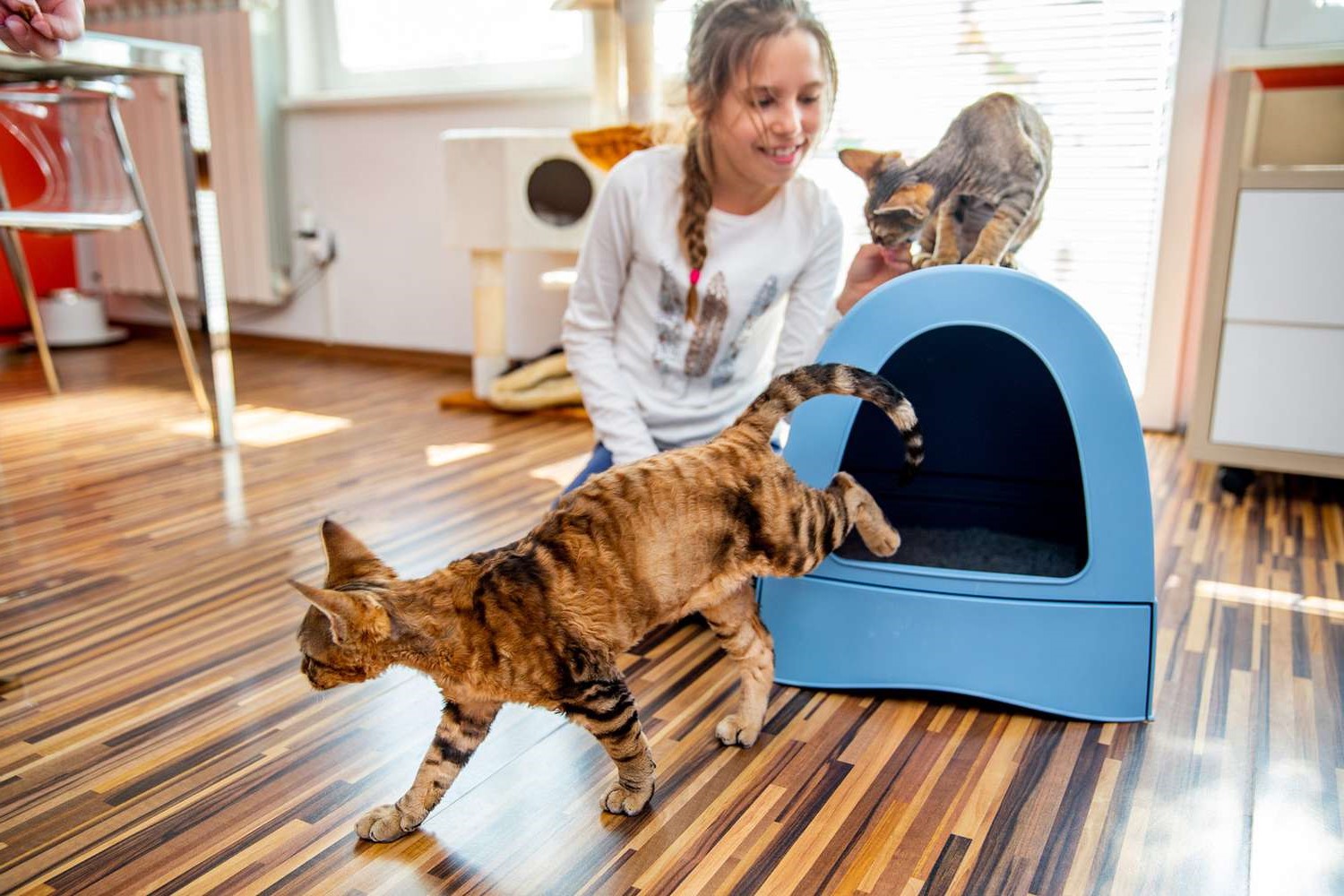
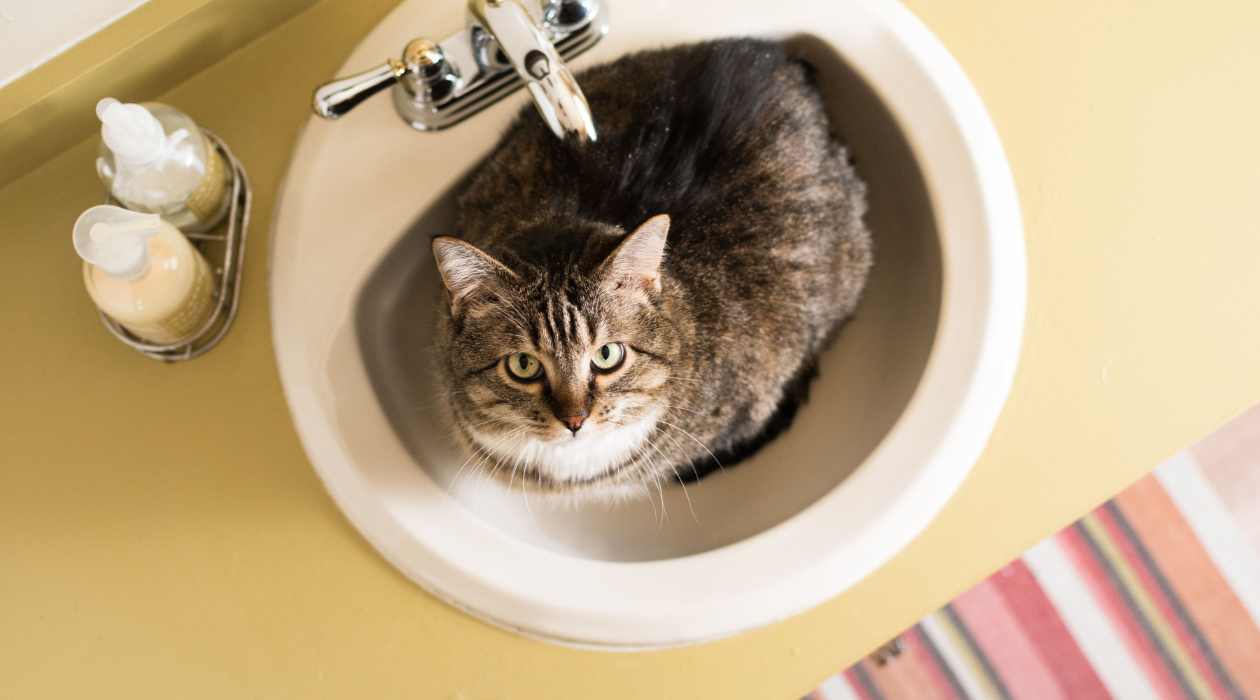
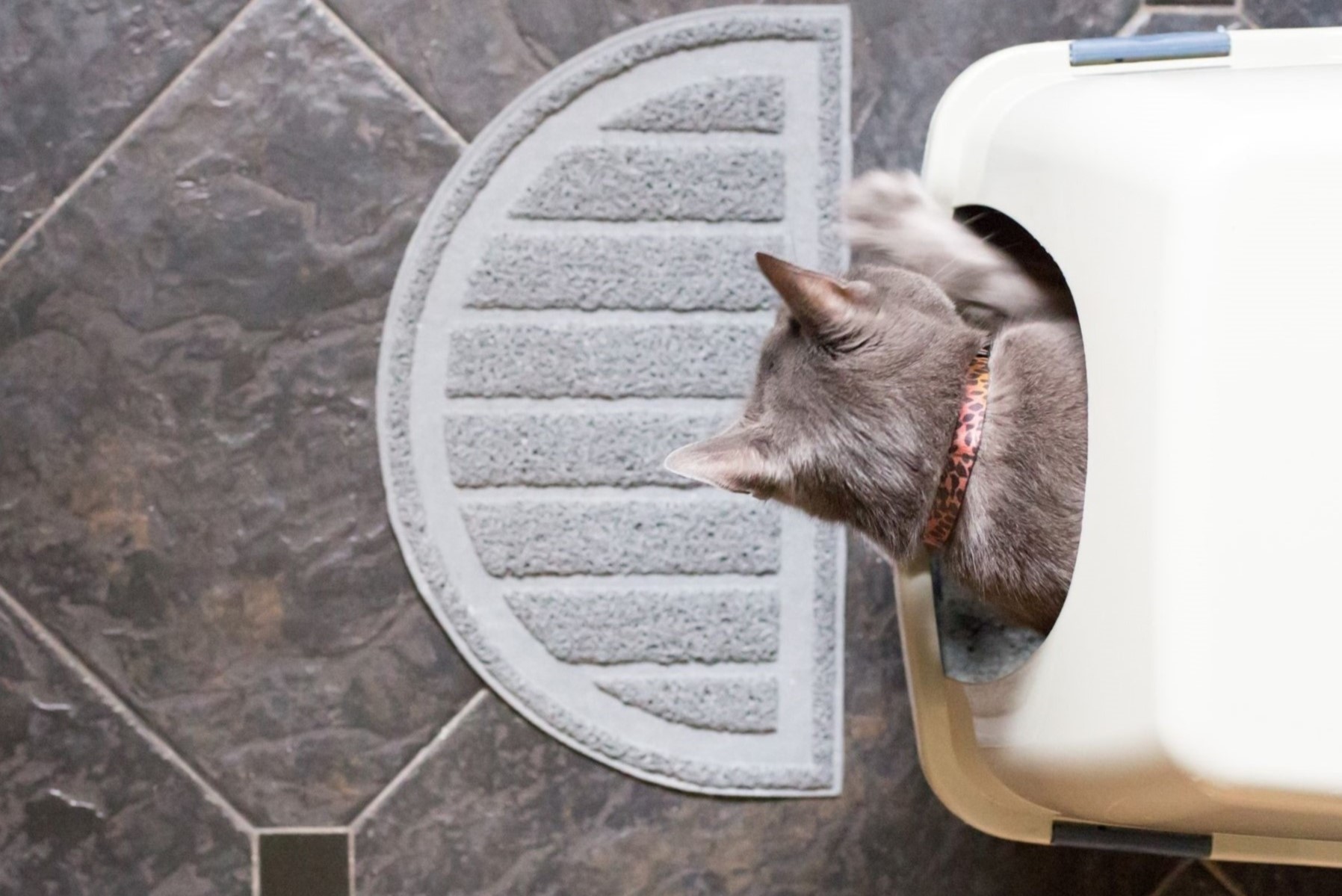
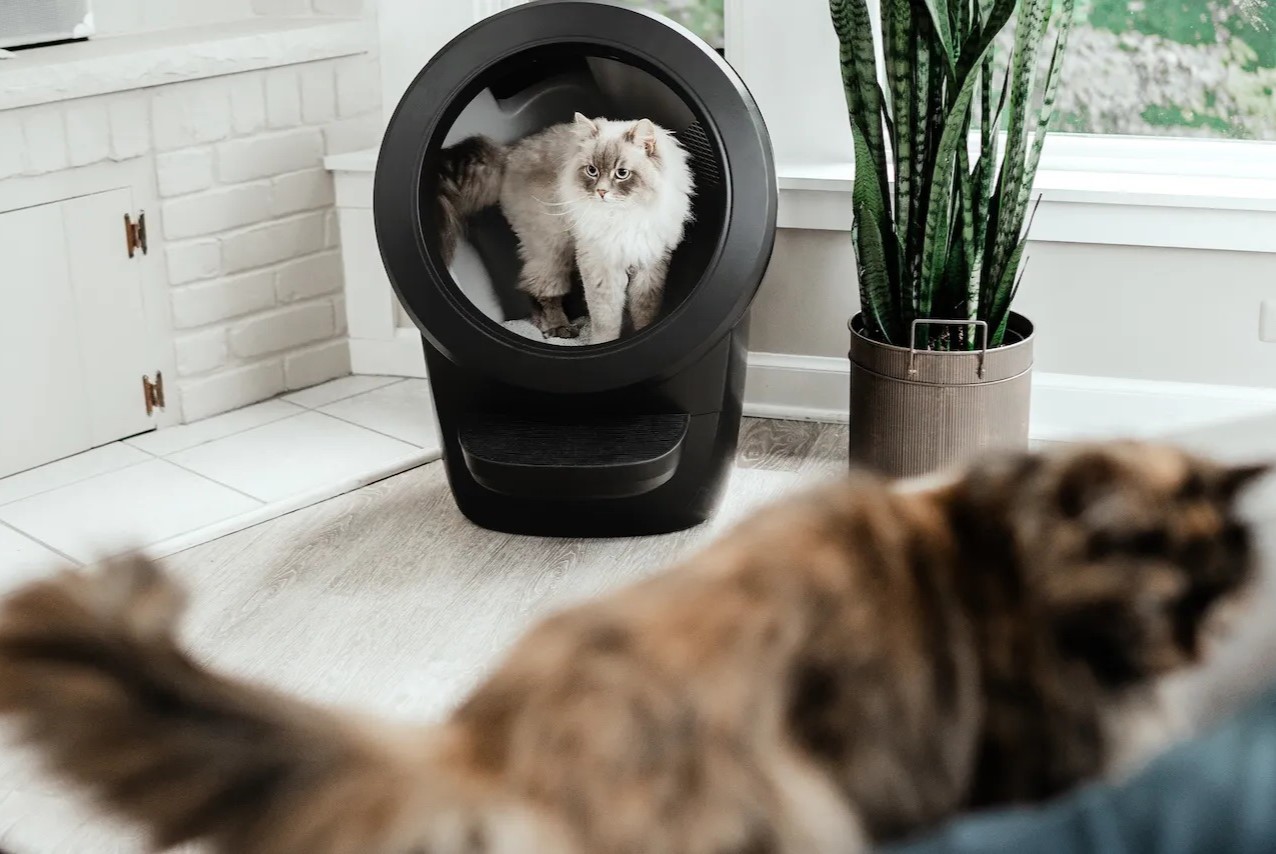
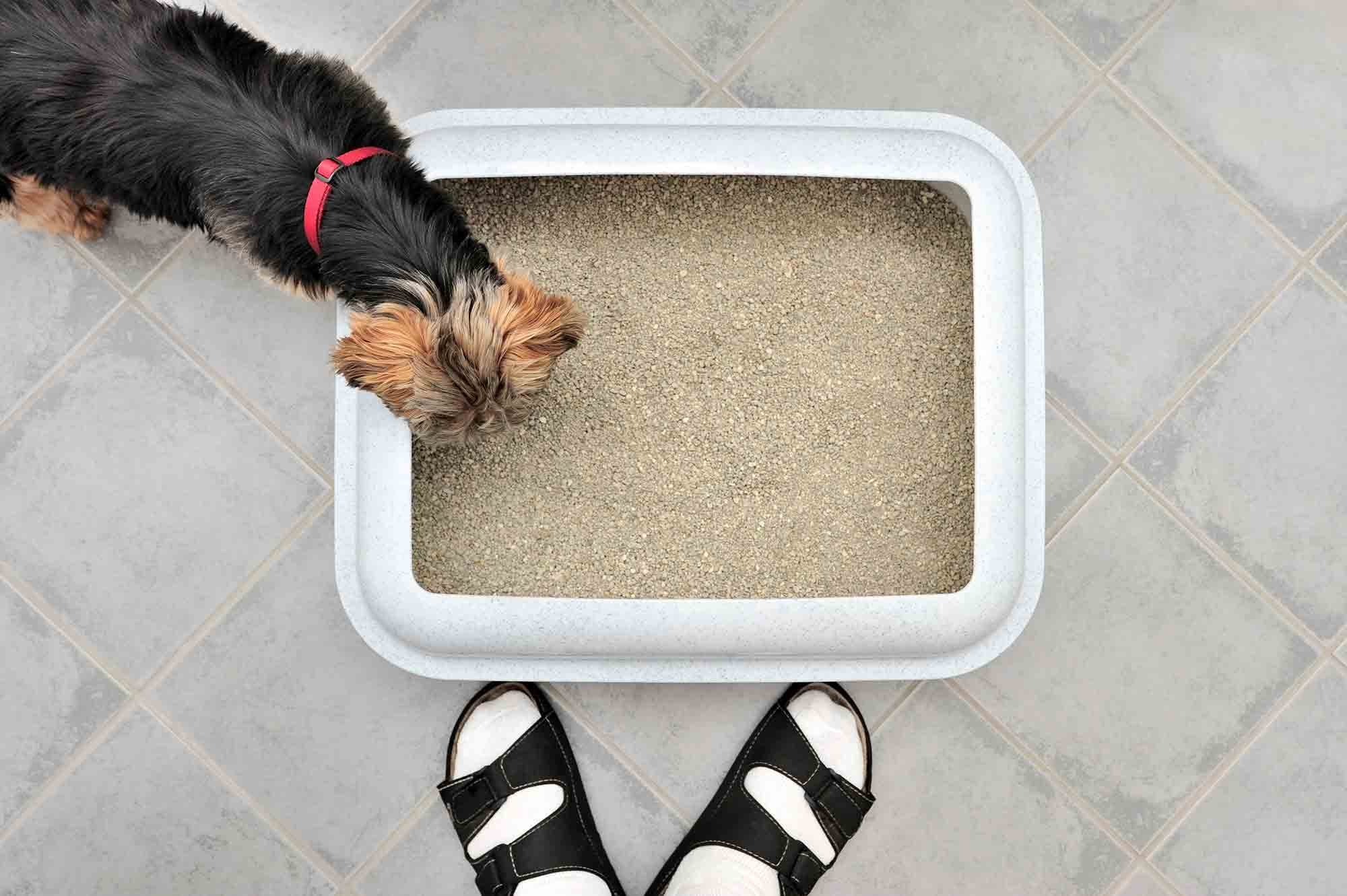
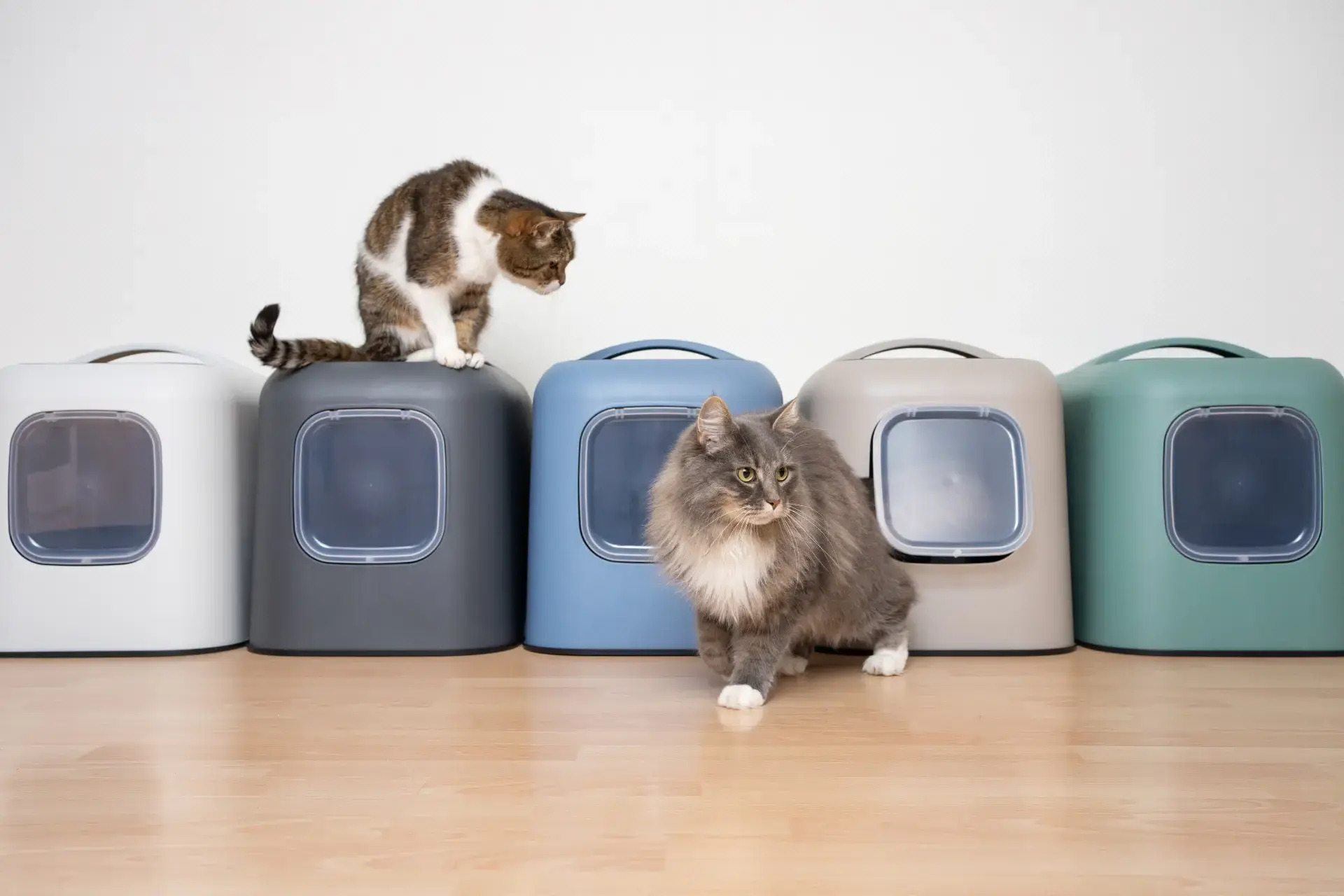
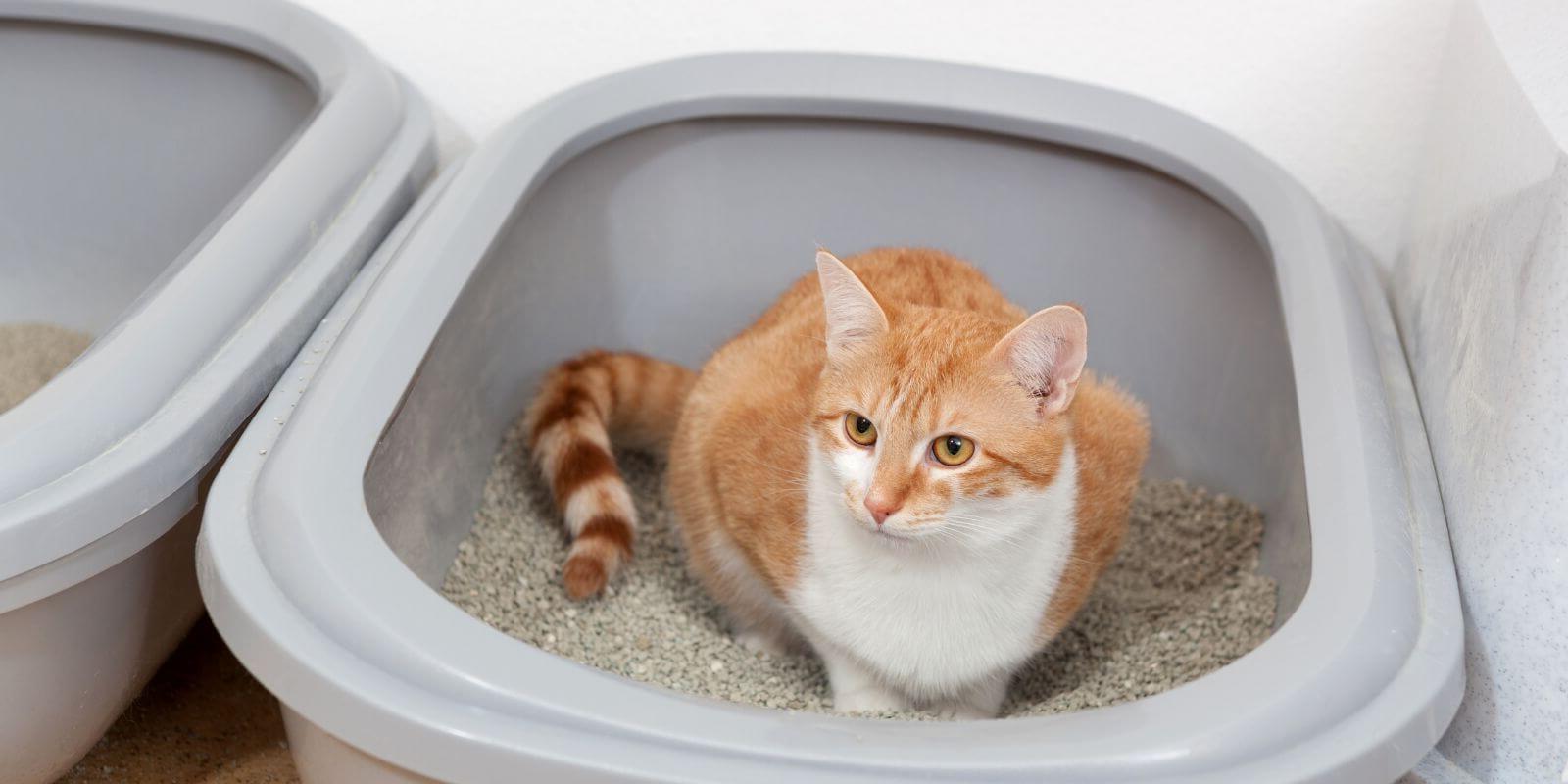
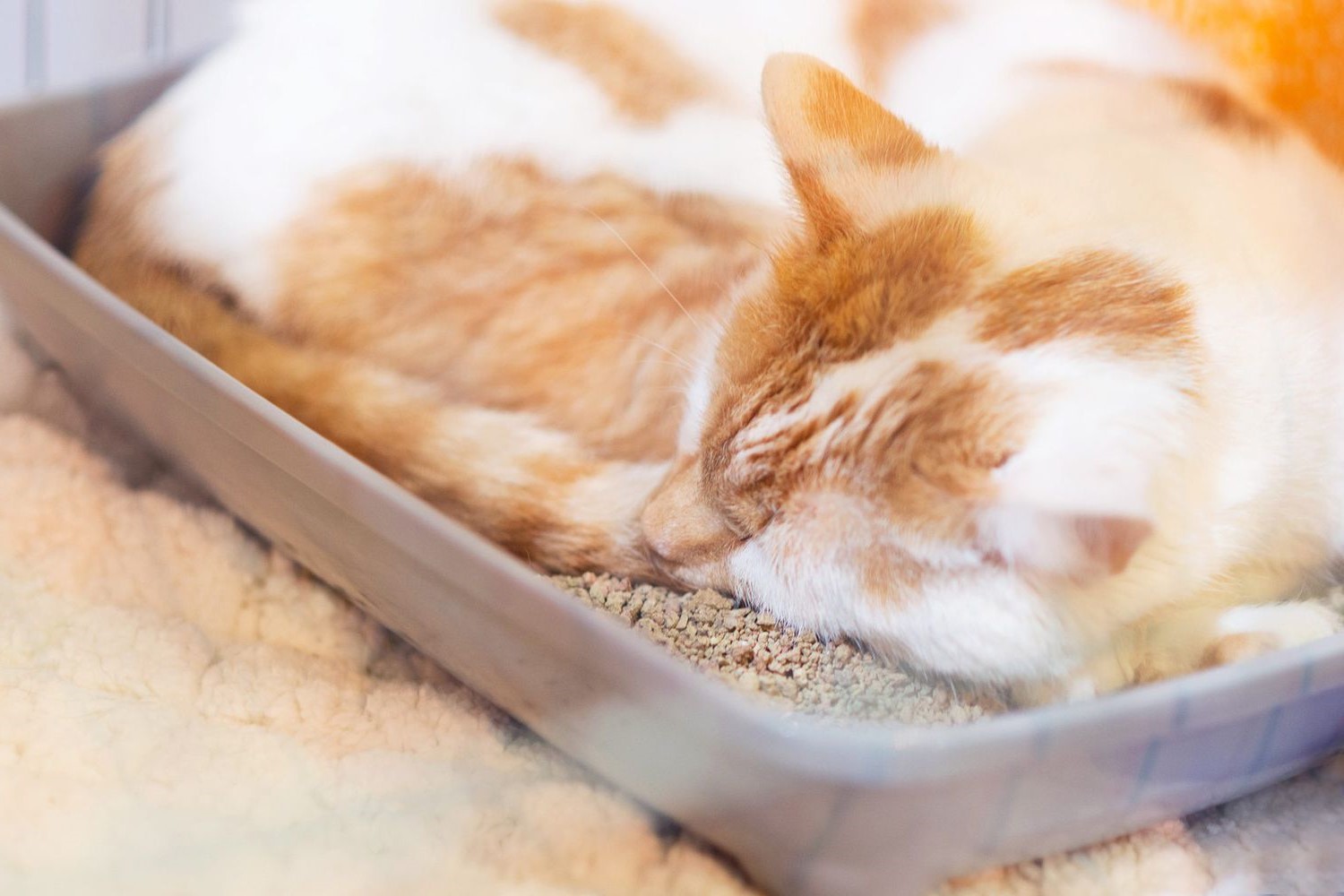
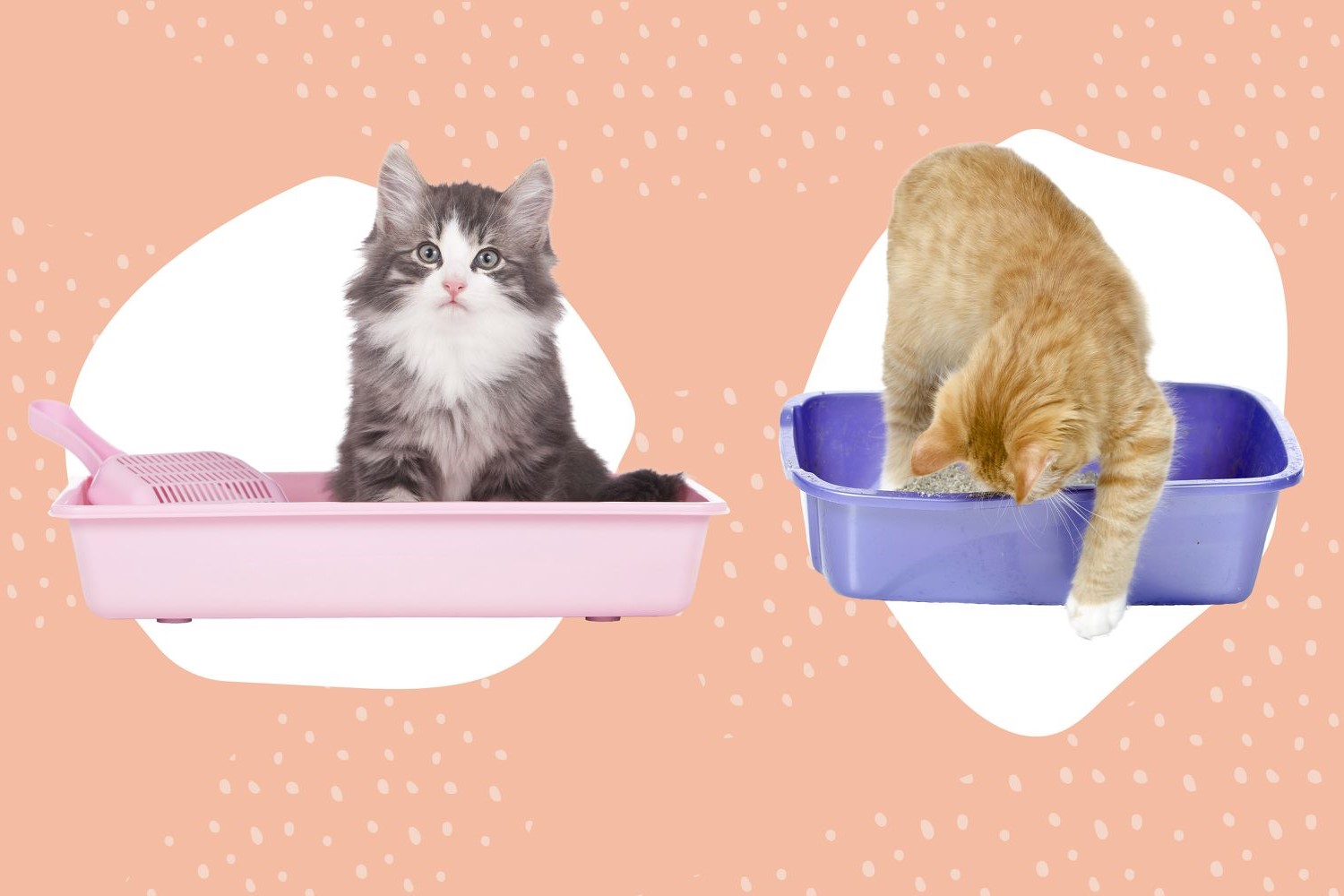
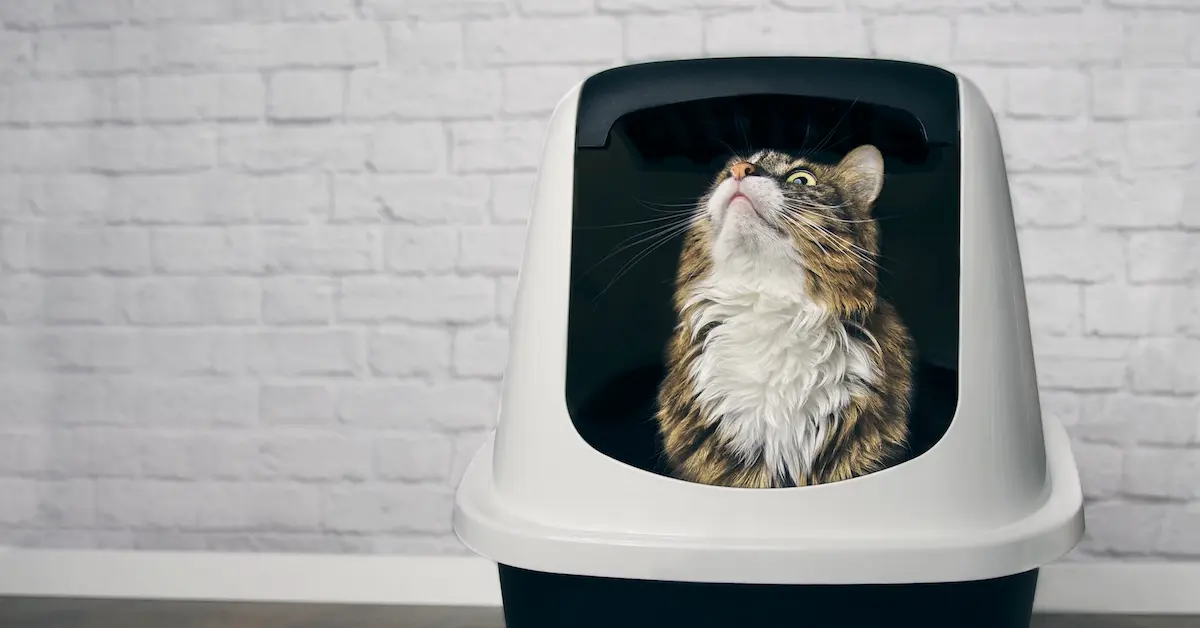
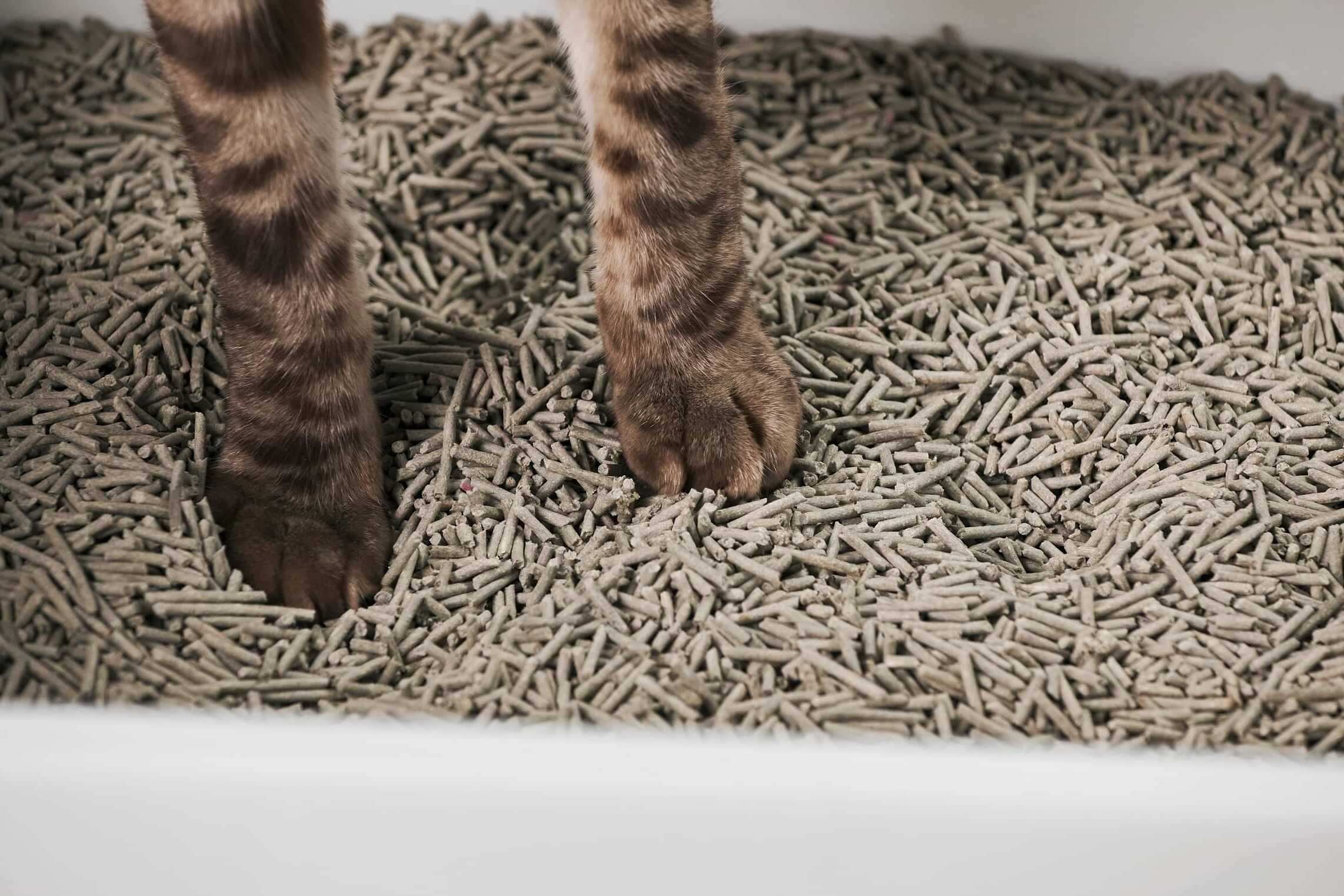
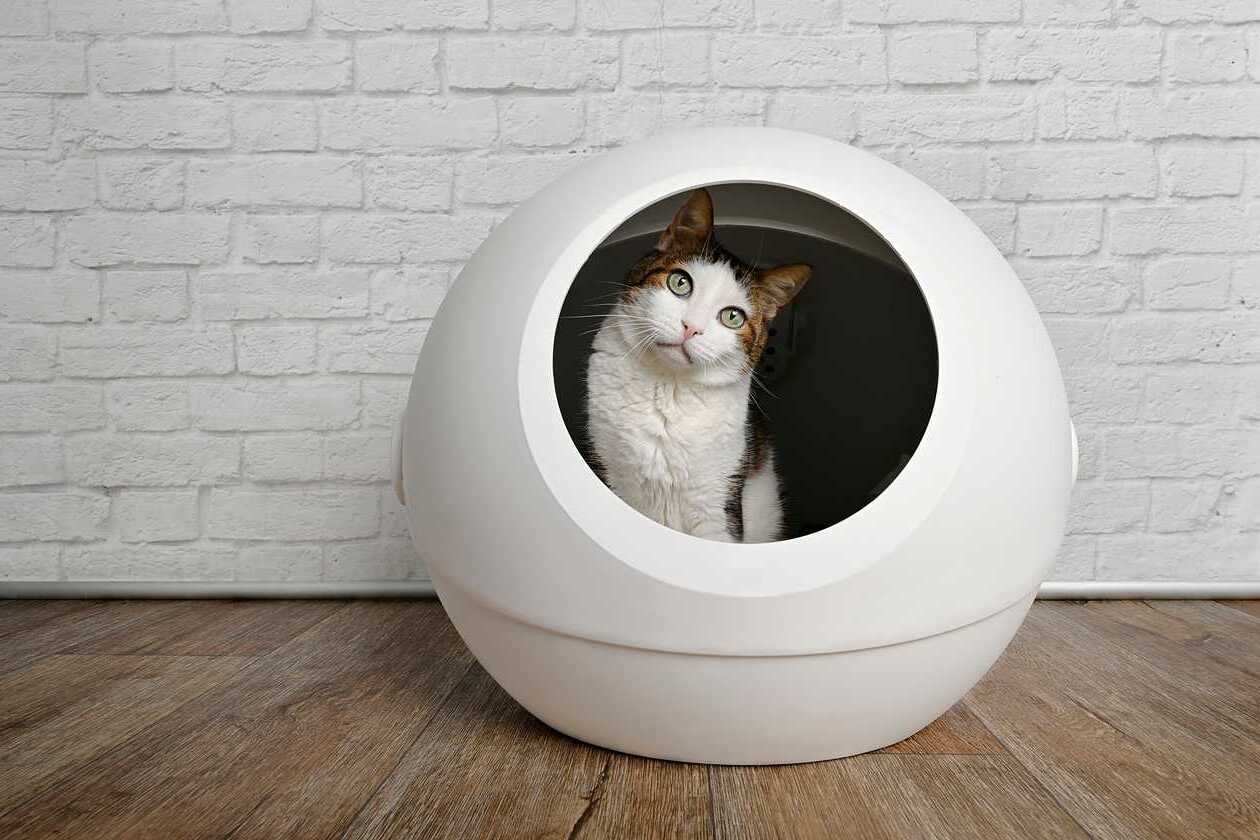

0 thoughts on “Why Does Cat Not Poop In The Litter Box”